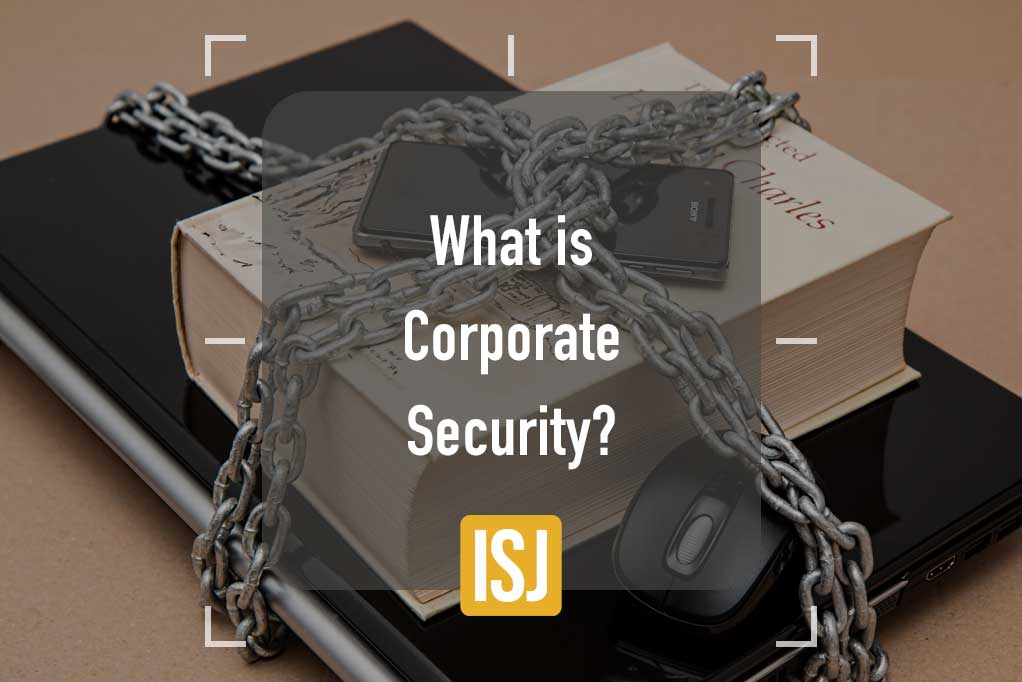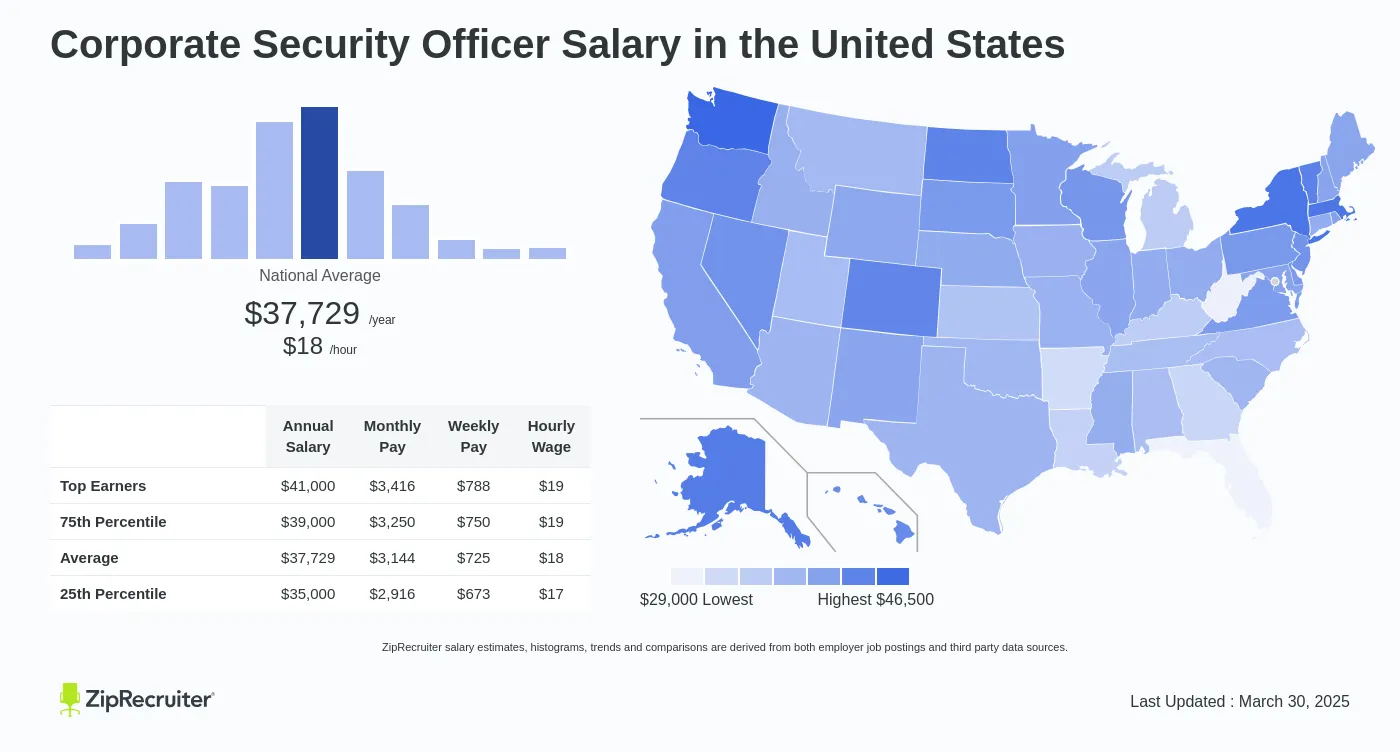Releasing the Power of Corporate Security: A Comprehensive Guide
From Cybersecurity to Physical Procedures: Strengthening Corporate Safety And Security in a Changing Globe
By integrating the staminas of both cybersecurity and physical safety and security, business can create a detailed protection method that attends to the varied range of threats they face. In this conversation, we will check out the changing threat landscape, the need to incorporate cybersecurity and physical protection, the execution of multi-factor verification procedures, the importance of employee awareness and training, and the adaptation of protection steps for remote workforces. By analyzing these key locations, we will acquire important understandings right into how companies can reinforce their business safety and security in an ever-changing world.
Recognizing the Altering Threat Landscape
The evolving nature of the modern globe demands a thorough understanding of the changing threat landscape for efficient business security. In today's interconnected and electronic age, dangers to corporate safety have actually come to be much more complex and advanced. As technology advances and services become progressively dependent on electronic infrastructure, the possibility for cyberattacks, data breaches, and other security breaches has actually dramatically enhanced. It is crucial for companies to remain educated and adapt their safety gauges to address these advancing risks.
One trick facet of recognizing the transforming hazard landscape is identifying the various types of hazards that organizations encounter. Additionally, physical threats such as theft, vandalism, and business espionage remain prevalent issues for organizations.
Surveillance and analyzing the hazard landscape is vital in order to identify potential threats and susceptabilities. This involves remaining upgraded on the most current cybersecurity fads, analyzing threat knowledge reports, and carrying out routine risk assessments. By recognizing the transforming danger landscape, organizations can proactively implement ideal security measures to minimize threats and protect their possessions, reputation, and stakeholders.
Integrating Cybersecurity and Physical Safety And Security
Integrating cybersecurity and physical protection is vital for detailed corporate defense in today's digital and interconnected landscape. As companies progressively count on innovation and interconnected systems, the boundaries in between physical and cyber dangers are becoming obscured. To efficiently protect versus these risks, an alternative approach that combines both cybersecurity and physical safety measures is necessary.
Cybersecurity focuses on securing digital possessions, such as networks, information, and systems, from unapproved accessibility, interruption, and burglary. Physical safety and security, on the various other hand, encompasses actions to protect physical properties, individuals, and facilities from vulnerabilities and dangers. By incorporating these 2 domain names, companies can resolve susceptabilities and threats from both physical and electronic angles, therefore boosting their overall safety stance.
The assimilation of these 2 disciplines allows for a much more detailed understanding of security threats and makes it possible for a unified response to events. Physical accessibility controls can be boosted by incorporating them with cybersecurity procedures, such as two-factor verification or biometric identification. Likewise, cybersecurity procedures can be enhanced by physical security measures, such as surveillance video cameras, alarms, and protected gain access to points.

Executing Multi-Factor Verification Steps
As companies increasingly focus on extensive safety measures, one effective technique is the implementation of multi-factor authentication measures. Multi-factor authentication (MFA) is a protection method that requires customers to supply numerous types of recognition to access a system or application. This strategy includes an extra layer of security by integrating something the user knows, such as a password, with something they have, like a fingerprint or a protection token.
By applying MFA, companies can considerably improve their safety and security stance - corporate security. Traditional password-based authentication has its limitations, as passwords can be conveniently compromised or failed to remember. MFA reduces these dangers by adding an added verification factor, making it more difficult for unapproved individuals to acquire access to sensitive information
There are a number of kinds of multi-factor verification techniques offered, consisting of biometric verification, SMS-based confirmation codes, and hardware tokens. Organizations require to examine their details needs and select the most suitable MFA solution for their needs.
Nonetheless, the execution of MFA must be carefully planned and executed. It is essential to strike an equilibrium in between safety and use to stop user aggravation and resistance. Organizations needs to additionally take into consideration possible compatibility issues and provide sufficient training and support to make certain a smooth shift.
Enhancing Employee Recognition and Training
To reinforce company safety and security, organizations need to focus on enhancing staff member awareness and training. In today's quickly progressing risk landscape, staff members play a vital role in securing an organization's delicate information and possessions. Lots of safety breaches occur due to human error or absence of awareness. Consequently, companies require to purchase detailed training programs to educate their workers about prospective threats and the best methods for mitigating them.
Efficient staff member recognition and training programs must cover a large range of topics, consisting of data protection, phishing attacks, social engineering, password health, and physical security steps. These programs ought to be tailored to the particular requirements and duties of various staff member duties within the company. Normal training workshops, simulations, and sessions can aid see this site staff members establish the essential skills and expertise to recognize and react to safety dangers successfully.
Additionally, organizations should urge a culture of security awareness and supply ongoing updates and suggestions to maintain workers educated regarding the current threats and reduction strategies. This can be done via interior communication channels, such as newsletters, intranet portals, and email projects. By promoting a security-conscious labor force, companies can considerably reduce the probability of safety and security events and shield their important properties from unauthorized gain access to or compromise.

Adapting Protection Measures for Remote Workforce
Adapting business protection actions to suit a remote labor force is important in making sure the security of delicate information and possessions (corporate security). With the boosting fad of remote job, companies need to apply appropriate security measures to mitigate the dangers connected with this brand-new method of working
One vital facet of adjusting protection actions for remote job is developing secure communication networks. Encrypted messaging systems and digital private networks (VPNs) can assist secure sensitive information and prevent unauthorized gain access to. Additionally, organizations need to apply using strong passwords and multi-factor authentication to boost the protection of remote accessibility.
One more crucial consideration is the execution of safe and secure remote gain access to services. This entails giving workers with protected accessibility to company resources and data via online desktop framework (VDI), remote desktop protocols (RDP), or cloud-based remedies. These innovations guarantee that delicate info stays protected while allowing employees to execute their functions effectively.

Last but not least, comprehensive safety recognition training is essential for remote staff members. Educating sessions should cover best methods for safely accessing and managing delicate details, recognizing and reporting phishing efforts, and maintaining the general cybersecurity health.
Conclusion
To conclude, as the risk landscape continues to develop, it is critical for companies to strengthen their security measures both in the cyber and physical domains. Integrating cybersecurity and physical safety, carrying out multi-factor verification procedures, and improving employee understanding and training are necessary actions towards achieving robust company security. In addition, adjusting safety procedures to accommodate remote workforces is important in today's changing globe. By applying these click this site procedures, organizations can mitigate threats and secure their useful assets from prospective dangers.
In this discussion, we will certainly explore the transforming Check This Out risk landscape, the need to incorporate cybersecurity and physical security, the application of multi-factor authentication procedures, the relevance of worker awareness and training, and the adaptation of protection steps for remote labor forces. Cybersecurity steps can be enhanced by physical safety and security actions, such as surveillance cams, alarms, and secure access factors.
As companies significantly prioritize comprehensive safety measures, one efficient technique is the application of multi-factor verification actions.In conclusion, as the danger landscape proceeds to evolve, it is critical for organizations to strengthen their safety gauges both in the cyber and physical domain names. Integrating cybersecurity and physical safety, applying multi-factor verification measures, and enhancing employee recognition and training are essential steps towards achieving robust company protection.